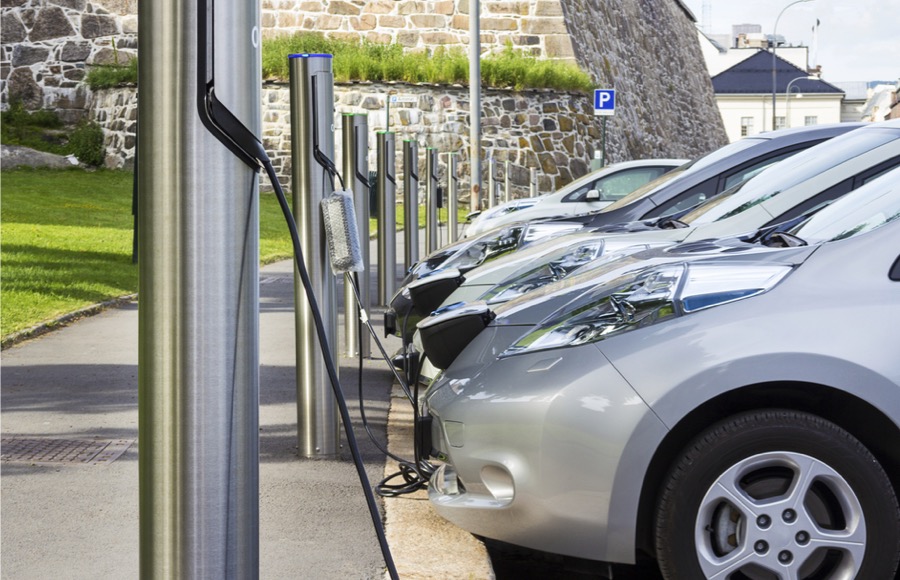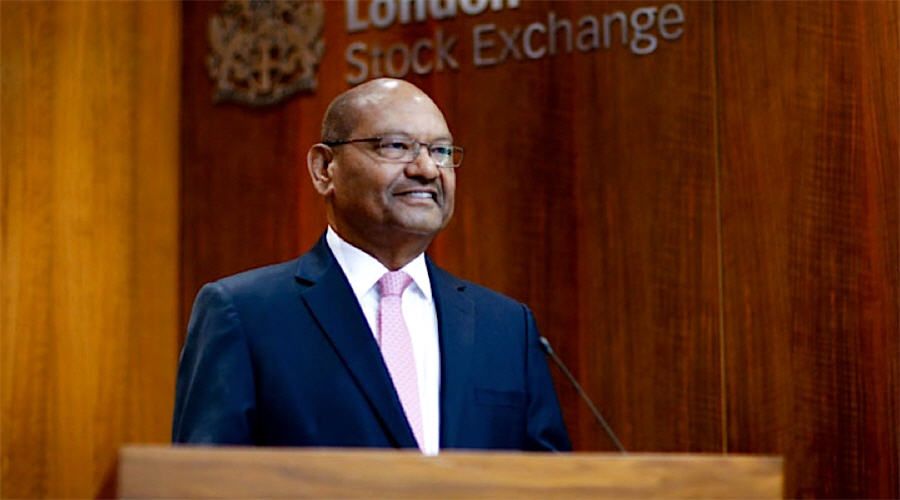Column: Miners, investors see scope in energy transition but struggle with choices

Mining investment conferences have a great track record of pointing to the next growth area for commodities, as they bring together early stage investors and junior miners seeking to get projects off the ground.
A decade ago lithium was the popular metal, five years ago it was the turn of gold and more recently copper has been the flavour of the month at these events across Asia.
But at the 121 Mining and Energy Investment conference this week in Singapore there was no clear choice, and no real consensus on where the best opportunities lie.
If there was a broad theme, it was that the energy transition is real and happening, even if it will take place at varying speeds and in different forms across Asia, the world’s most populous region and the engine room of global economic growth.
But how best to leverage the energy transition into profitable investments is turning into a vexing challenge for both those with cash to splash and those seeking to develop projects aimed at accelerating the change to cleaner fuels and power systems.
One of the surprising metals on the radar screen at the conference was lithium. It went out of favour in recent years after a surge in investment took the market into surplus, resulting in a collapse of prices, which have dropped some 88% since reaching a record high in December 2022.
The thinking is that while the lithium market is currently oversupplied, and this may persist into 2025, there is a wave of new demand coming.
Much of the bearishness surrounding lithium has been about the slower-than-expected uptake of electric vehicles in the developed world.
But while sales may have been disappointing, lithium demand is set for strong increases in the next few years as electric heavy vehicles enter service, and as battery storage to firm renewables such as wind and solar become more widespread.
It’s this demand for lithium that will end up trumping any weakness in EV car sales, and it’s set to accelerate strongly by 2030, which is coincidently around the time a mining company may be able to bring on new production assuming they started development soon.
Steel demand equals coal
Another out of favour commodity is coal, but there was interest expressed in metallurgical, or coking coal, the higher quality fuel used mainly to make steel.
In effect this is an India play, with the expectation that as it continues its massive infrastructure build out, the South Asian nation will also produce more steel, and thus need to import coking coal given the lack of domestic resources.
While coal is the bogeyman of climate change, the view among some investors is that given the energy transition relies heavily on steel, coking coal can be acceptable given its role in producing steel.
Steel can be decarbonized by upgrading iron ore using green hydrogen and then using electric arc furnaces, but the view is that this will take several decades to reach the scale needed, and in the meantime the coal-intensive, traditional basic oxygen furnace method will dominate in India, as it does in China.
Another part of the commodity complex attracting investor interest is the midstream sector, where raw materials are processed into intermediate goods.
The desire of Western countries to diversify away from China’s dominance of metal processing is unlocking opportunities, such as the capital available from the US Inflation Reduction Act.
The trick is navigating the bureaucratic processes behind the various global legislations, and even if the money can be accessed, it still may not be enough to overcome China’s economies of scale and first mover advantages.
For example, setting up a lithium processing plant in Australia, the world’s biggest producer of the battery metal, is likely to come in at up to eight times the capital and operating cost of a similar operation in China.
Accessing capital remains an ongoing struggle, with both investors and miners saying the pools of available capital are shrinking, especially if Chinese money is deemed politically unacceptable.
This means that smaller projects are increasingly turning to intermediaries to obtain funding, such as global trading houses such as Glencore and Trafigura.
Banks will lend to these well-established companies, and they in turn will lend to smaller-scale projects.
But the problem with this process is that it increases the cost of capital and slows down the pace at which new projects can be brought on line.
The bottom line is that the energy transition is viewed as offering huge opportunities to miners, traders and investors, but it remains plagued by uncertainty over which technologies will emerge as the leaders, and also the lack of coordinated government policies such as incentives and carbon taxes.
(The opinions expressed here are those of the author, Clyde Russell, a columnist for Reuters.)
(Editing by Miral Fahmy)
More News
Mining billionaire Agarwal moves closer to breaking up his empire
April 22, 2025 | 09:06 am
Copper hits two-week high as dollar weakens
A Bloomberg gauge of the dollar fell to a 15-month low on Monday.
April 22, 2025 | 08:06 am
{{ commodity.name }}
{{ post.title }}
{{ post.date }}



Comments